SIDE DELT EXERCISES sporting activities are critical for constructing sturdy, well-described shoulders. By focusing at the lateral deltoids, you can decorate shoulder width, enhance symmetry, and increase typical shoulder power.
Whether your intention is to build shoulder muscle tissue for a extra athletic look or to increase shoulder balance for higher overall performance in different sporting events, focused on the aspect delts is a key element of any effective shoulder exercising.
This guide introduces a variety of targeted exercises designed to specifically develop the lateral deltoids, supporting the growth of a well-balanced and powerful upper body. These exercises not only focus on enhancing the size and shape of the side delts but also contribute to overall shoulder stability and strength.
Key Points
- Shoulder Anatomy Overview: Understanding the deltoid muscle tissues, particularly the facet delts, is important for powerful training.
- Balanced Shoulder Workouts: Integrating side delt sporting activities ensures comprehensive shoulder development.
- Effective Side Delt Exercises: A summary of the best sports to goal the aspect deltoids.
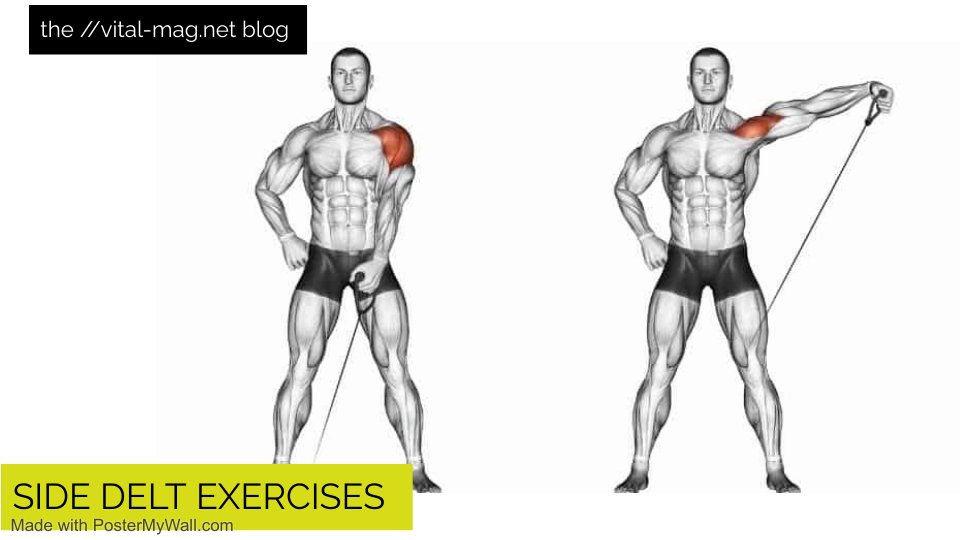
1. Anatomy of the Shoulder and Side Deltoids
The shoulder is one of the maximum flexible and complex joints in the body, permitting a huge range of movement. It is primarily composed of 3 deltoid muscle tissues:
- Anterior Deltoids (Front Delts): Responsible for shoulder flexion and front elevating.
- Lateral Deltoids (SIDE DELT EXERCISES): Key for shoulder abduction, lifting the palms faraway from the body.
- Posterior Deltoids (Rear Delts): Involved in shoulder extension and rear elevating.
Side Delts play a crucial role in improving shoulder width and contributing to the overall aesthetics of the higher frame. Well-advanced facet delts create the appearance of broader shoulders, which is a not unusual intention in both bodybuilding and standard health routines.
- Function: The number one characteristic of the side delt exercises is to abduct the arm, moving it away from the frame’s midline.
- Aesthetics: Strong facet delts make a contribution to a extra described and muscular shoulder form, enhancing shoulder symmetry and average higher frame look.
2. Importance of Training Side Delts
Focusing on side delts gives severa blessings past just aesthetics. Proper education of the aspect delts complements shoulder capability and helps normal upper frame energy.
- Symmetry: Balanced development of the anterior, lateral, and posterior deltoids prevents muscular imbalances, that could lead to terrible posture and expanded damage hazard.
- Shoulder Stability: Strong aspect delts offer higher aid for the shoulder joint, improving stability throughout diverse higher frame actions and reducing the hazard of shoulder accidents.
- Performance: Improved shoulder energy and balance contribute to higher overall performance in different exercises, which includes bench presses and overhead lifts, by imparting a strong basis.
Incorporating aspect delt exercises into your health recurring guarantees complete shoulder education, promoting both muscle increase and joint health.
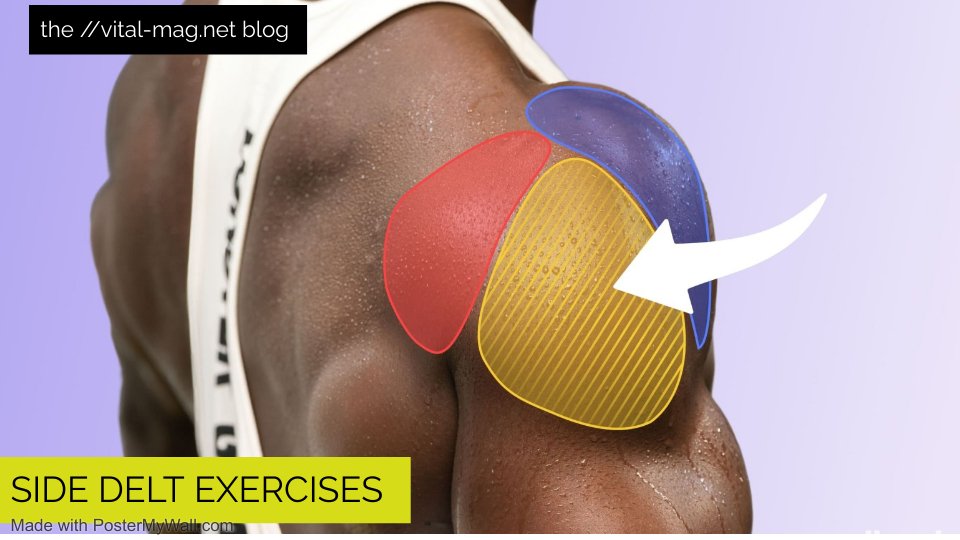
3. Lateral Raises
Lateral raises are the handiest shoulder exercising for separating the facet delts. They are simple to perform and can be varied to goal the muscular tissues from one-of-a-kind angles.
- Execution: Stand with your toes shoulder-width apart, protecting a dumbbell in each hand. With a slight bend to your elbows, lift your arms out to the edges till they attain shoulder peak. Slowly lower the weights again to the beginning role.
Variations
- Dumbbell Lateral Raises: The popular version the use of dumbbells.
- Cable Lateral Raises: Use a cable machine for constant anxiety at some point of the motion.
- Machine Lateral Raises: Utilize a lateral enhance machine to stabilize the movement.
Tips
- Maintain a slight bend on your elbows to reduce pressure at the joints.
- Focus on a gradual and managed movement to maximise deltoid activation.
- Avoid using momentum by keeping your torso strong and minimizing swinging.
Lateral raises correctly target the facet delts, contributing to shoulder width and definition.
4. Upright Rows
Upright rows are another first-rate workout for focused on the aspect delts, as well as the upper traps.
- Execution: Hold a barbell or dumbbells with an overhand grip, arms barely nearer than shoulder-width aside. Lift the load vertically along your frame until your elbows attain shoulder top. Lower the weights back off with manage.
- Targeting Side delt exercises: Using a narrower grip emphasizes the aspect delts extra than the the front delts and traps.
Safety Tips
- Keep the motion managed to keep away from shoulder strain.
- Do no longer lift the weights too high to prevent impingement in the shoulder joint.
- Maintain right posture by maintaining your returned immediately and averting immoderate leaning.
Correctly engage the facet delts even as additionally running the higher traps, making them a flexible addition in your shoulder workout routine.
5. Arnold Press
The Arnold press is a dynamic shoulder exercising that objectives the facet delts along side the front delts and triceps.
- Execution: Start with dumbbells held at shoulder height, arms facing you. As you press the weights overhead, rotate your wrists in order that your fingers face ahead at the pinnacle of the movement. Reverse the motion as you decrease the weights lower back to the starting position.
- Benefits: This rotational movement increases the variety of motion and engages more than one elements of the deltoids, along with the facet delts.
- Form: Ensure a complete variety of motion with controlled motion to maximize muscle activation and increase.
The Arnold press not handiest builds the aspect delts but also complements typical shoulder electricity and stability.
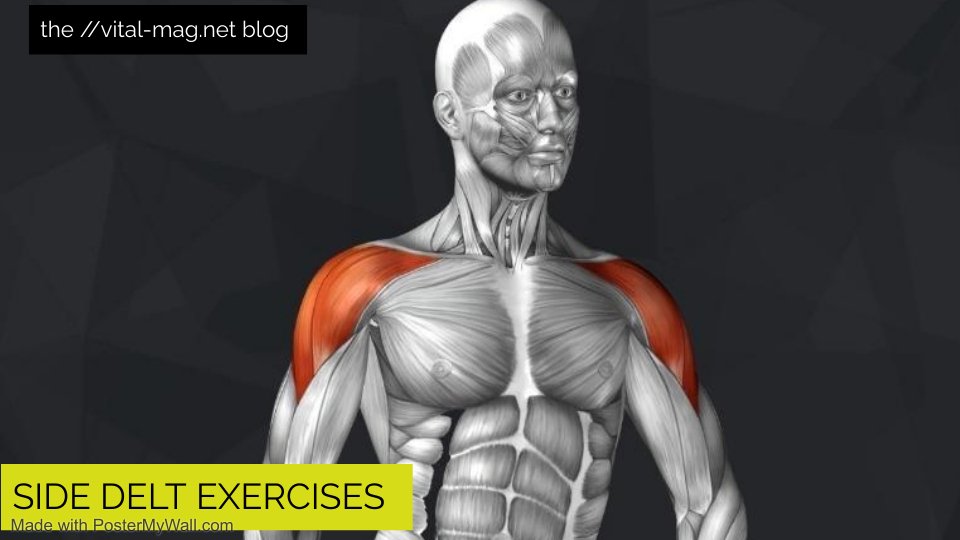
6. Side-Lying Lateral Raises
Side-lying lateral raises offer a completely unique manner to isolate the side delt exercises via minimizing the involvement of other muscle businesses.
- Execution: Lie for your side on a bench or the ground, keeping a dumbbell in your top hand. Raise the dumbbell until your arm is parallel to the floor, then decrease it slowly. Repeat for reps, then switch facets.
- Benefits: This workout reduces the usage of momentum, forcing the facet delts to paintings harder at some stage in the motion.
- Routine Integration: Include facet-mendacity lateral raises towards the stop of your shoulder exercise to fully fatigue the side delt exercises.
Side-mendacity lateral raises are tremendous for isolating the facet delts and ensuring maximum muscle engagement.
7. Face Pulls
Are a flexible Face pulls exercise that targets the facet delts, rear delts, and top traps, contributing to overall shoulder health and posture.
- Execution: Using a cable system with a rope attachment, stand facing the device. Pull the rope towards your face, preserving your elbows excessive and flaring them out to the sides. Squeeze your shoulder blades collectively on the top of the movement.
- Benefits: Face pulls enhance shoulder fitness via strengthening the muscle mass liable for external rotation and scapular retraction, improving posture and decreasing the danger of shoulder accidents.
- Common Mistakes:
- Avoid the use of too much weight, that may compromise shape.
- Do not arch your decrease lower back; hold your torso stable.
- Focus at the squeeze on the top of the motion for optimum effectiveness.
Face pulls are important for balanced shoulder training, addressing both the facet delts and the posterior deltoids.
8. Cable Lateral Raises
Cable lateral raises provide constant tension at the facet delts, making them rather effective for muscle boom.
- Execution: Stand sideways to the cable gadget with the deal with in your outdoor hand. Lift your arm out to the side till it reaches shoulder top, then lower it slowly. Repeat for reps, then transfer aspects.
- Advantages: The cable offers continuous tension in the course of the entire range of movement, improving muscle activation as compared to dumbbells.
Tips
- Use a lighter weight to maintain manage and right shape.
- Focus on a gradual, managed lift and descent to maximize deltoid engagement.
- Ensure your torso stays strong, minimizing any swinging or leaning.
Raises are a powerful variant of the traditional lateral boost, supplying expanded muscle activation for the aspect delts.
9. Dumbbell Overhead Press
The dumbbell overhead press is a compound motion that engages the facet delts at the side of the front delts, triceps, and upper traps.
- Execution: Hold a dumbbell in every hand at shoulder peak with palms dealing with ahead. Press the weights overhead until your arms are absolutely extended, then decrease them lower back to the starting position.
- Side Delt Engagement: To emphasize the aspect delts, barely attitude your elbows outward all through the press.
- Importance: This exercising builds typical shoulder energy and stability, making it a staple in any shoulder workout recurring.
The dumbbell overhead press now not simplest objectives the side delts but also enhances standard shoulder development and strength.
10. Incorporating Side Delt Exercises in a Routine
Incorporating aspect delt sporting events into your fitness routine is important for balanced shoulder development. Here’s the way to successfully consist of them:
- Balance: Ensure your shoulder exercising consists of sports targeting all 3 deltoid heads—front, side, and rear—to prevent muscular imbalances.
- Frequency: Train your aspect delts 2-3 times according to week, allowing good enough rest between sessions to promote muscle recovery and growth.
- Volume: Aim for three-4 units of 10-15 reps for every aspect delt exercising, adjusting the load to preserve excellent shape during.
- Exercise Variety: Incorporate a mixture of isolation sporting events like lateral raises and compound movements just like the overhead press to maximize muscle engagement and growth.
- Progressive Overload: Gradually growth the burden or the wide variety of reps to continuously challenge your facet delts and stimulate muscle hypertrophy.
- Recovery: Ensure right rest and vitamins to aid muscle recovery and boom, preventing overtraining and injuries.
By following those tips, you may successfully integrate facet delt physical games into your exercise plan, selling balanced shoulder improvement and overall higher body electricity.
Also Read : CARDIO BOXING WORKOUT
FAQs
How frequently ought to I teach facet delts?
You must intention to train your facet delts 2-3 instances according to week. This frequency lets in for adequate muscle stimulation and increase even as imparting enough time for recuperation. Incorporating aspect delt exercises into your shoulder workout recurring ensures that those muscle tissues are consistently engaged, promoting shoulder width and symmetry without overtraining.
Can I educate facet delts with other shoulder physical games?
Yes, facet delt exercises can be efficiently blended with front and rear delt sports in a complete shoulder exercising. This method ensures balanced shoulder development, improving universal shoulder energy and aesthetics.
Conclusion
Training your side delts is essential for developing broader, greater symmetrical shoulders. By incorporating numerous facet delt exercises together with lateral increases, upright rows, Arnold presses, and face pulls into your health recurring, you can successfully goal and build these crucial muscle tissue. Consistency, proper shape, and a balanced workout plan are key to accomplishing most appropriate shoulder improvement and strength. Emphasizing aspect delt schooling now not handiest enhances the aesthetics of your top frame but also supports shoulder balance and overall purposeful fitness. Make side delts a staple in your exercise routine to acquire properly-rounded, effective shoulders and meet your fitness goals.
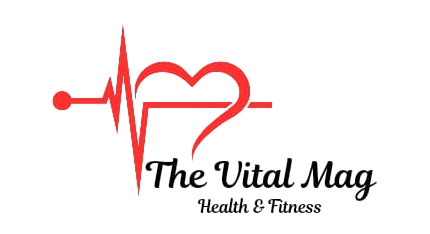
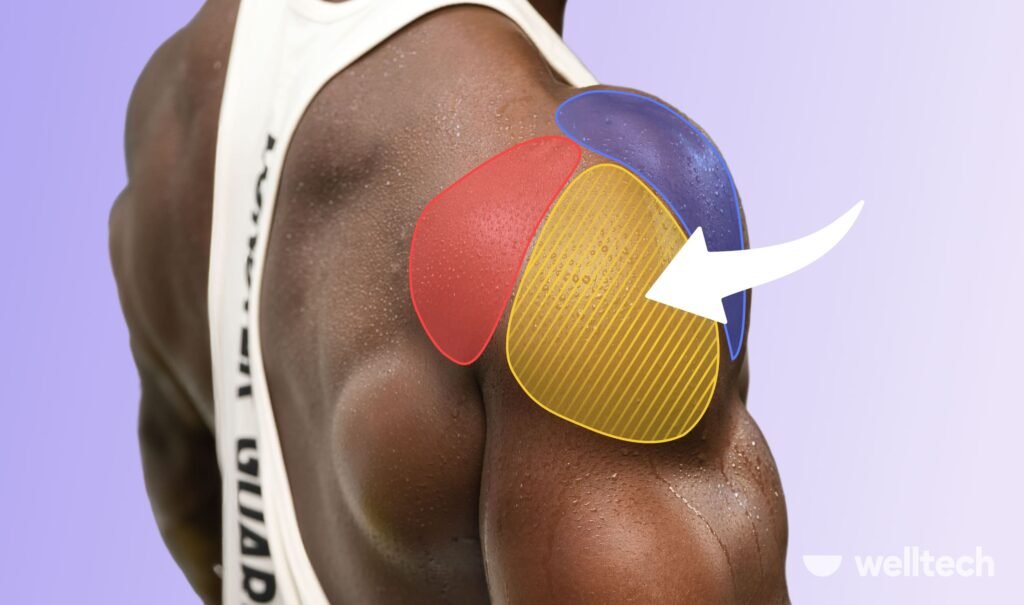

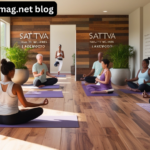


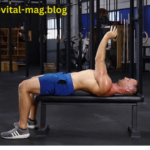

2 thoughts on “SIDE DELT EXERCISES”